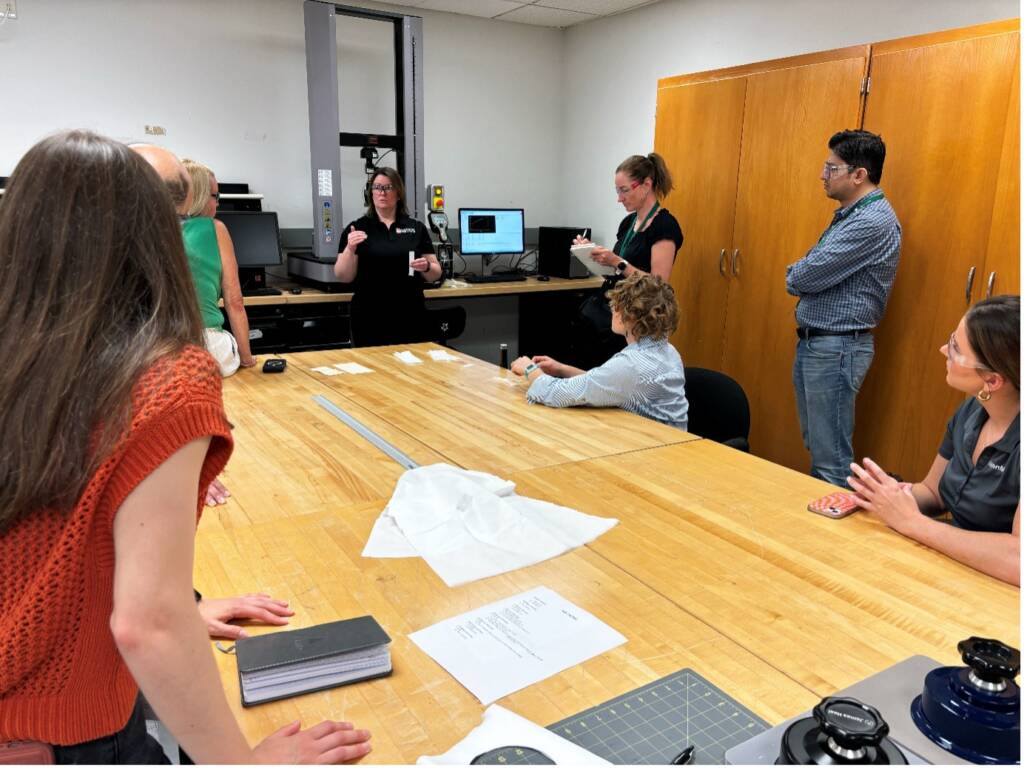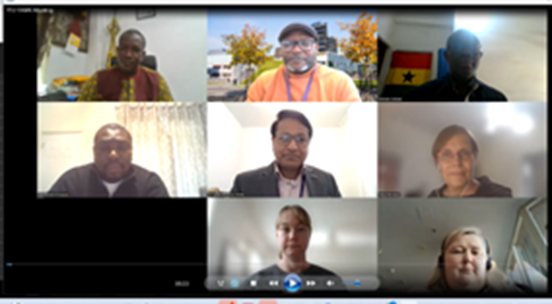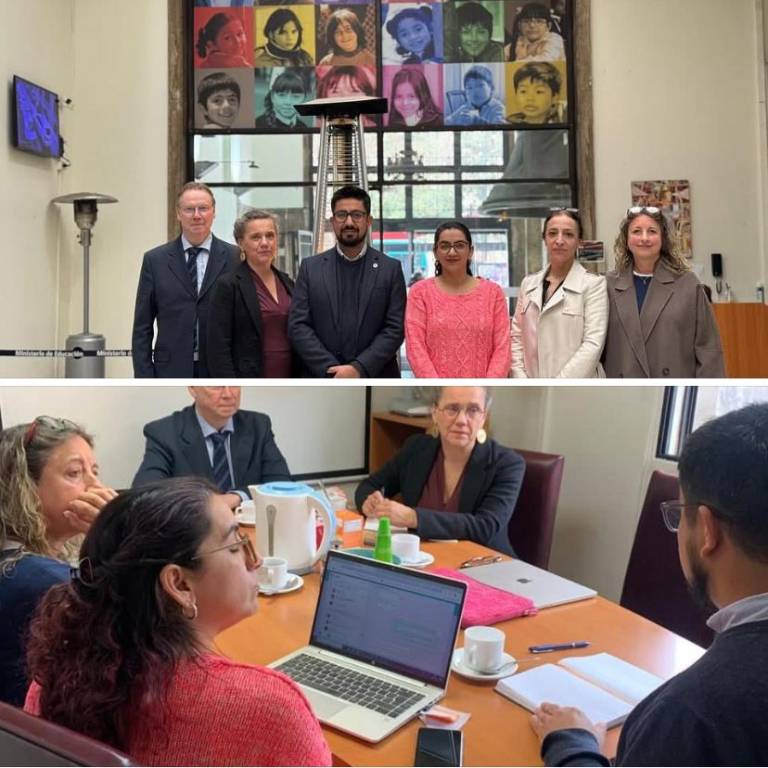The visit was part of the SUSTAFIT (Sustainable fit-for-purpose nonwovens -project) activities, and the host of the visit was Dr. Behnam Pourdeyhimi who is the executive director of the NWI. SUSTAFIT project is focused on promoting the sustainability of nonwovens and the topic is studied from different perspectives to improve the sustainability of raw materials, processing methods, recyclability, and business models. In addition to learning about the characterization of nonwovens, I gained information about the recommendations and consumer behavior related to disposable wet wipes in US. I also had discussions about the end-of-life testing of non-woven fabrics, especially disintegration, biodegradability and compostability.
Characterisations of nonwovens
Characterisation of nonwovens provides important information on the properties of the nonwovens. There are plenty of reasons to test the raw materials and the finals products e.g. the quality and the suitability to the end use.
Nonwovens Institute in Raleigh North Carolina is focused on nonwovens, and they have comprehensive experience on this field. NWI provides fundamental research, piloting, training, analytical tests, product development and incubation. NWI as well do a lot of product and method development for the companies as well as offers analytical test services. Nonwovens Institute customers are mainly from North America and Europe. NWI offers a wide range of analytical test methods for the nonwovens.
During my visit I participated on the “Nonwoven Fabric Property Development and Characterization Short Course” which offered an opportunity to get to know the facilities at NWI as well as learn a lot about the nonwovens characterization techniques. The course included wide range of lectures and visits to the laboratories and piloting facilities of NWI.

Insights of wet wipes
In addition to participating the course I had many informative discussions in NWI and in Wilson College of Textiles. I got important insights related to the disposal wet wipes and this information helps us in reviewing the results of the consumer study we have conducted in the SUSTAFIT project. I also had discussions about the end-of-life testing of nonwovens. The idea was to continue the discussion started in the beginning of the SUSTAFIT project and compare the experiences.
Overall experience
Overall, my stay was very good. As a nonwoven fabric project worker and teacher of analytical testing methods, I found the course very rewarding. The content of the course was huge and absorbing such a large amount of information in a short time was challenging. In addition, the meetings and conversations I had during the visit were a good bonus on the trip.
SUSTAFIT project
The Nonwovens Institute
Text: Piia Kanto, Senior lecturer in school of Built Environment and Bioeconomy and a specialist in SUSTAFIT project
Pictures: Matt Migliore, Director of Marketing in NWI and Piia Kanto, TAMK





